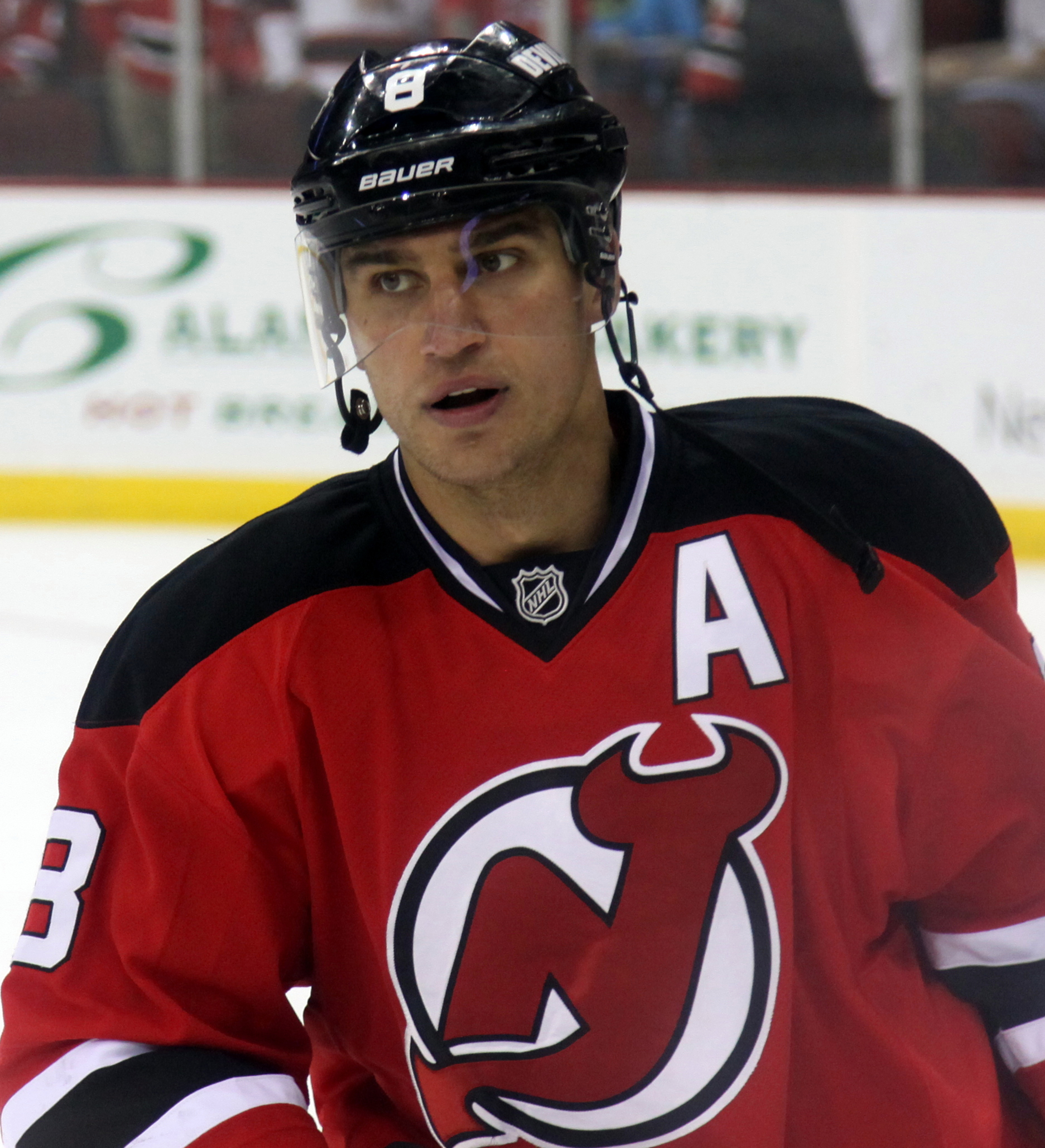Hockey's back, folks! We're on to day three of the NHL returning, and it's already off to a great start for Detroit Red Wing fans. Last night the Wings faced the Boston Bruins in the season/home opener and squeezed in a 2-1 win in regulation. Johan Franzen finished the night with two assists and the game winner came from Gustav Nyquist, who was supposed to be due for a regression this season. It's obviously too early to say anything about the club, or any individual player, but the Red Wings faced the team that bounced them in five games during last season's playoffs and took them to task.
Early in the game the Red Wings were dominating with a shot advantage of 7-0 when Jonathan Ericsson got lazy and threw a pass up the middle of the ice to not-his-teammate Patrice Bergeron. Being Patrice Bergeron, he buried it behind Jimmy Howard and images of last year's defensively inept team began dancing in my head. You can flip to about 30 seconds into that snazzy highlight reel video to see Riggy's brain cramp leading to the goal.
At first, I was furious at Howard for getting beat on the first shot of the season, but this goal was not a Howard mistake. After this momentary stumble, Howard was golden last night. He stopped the other 16 shots he faced en route to a solid win.
The most impressive element of last night was how quickly the team accepted the goal against and went right back to dominating possession and controlling the flow of the game. Looking at the "War on Ice" report for the game, Detroit had 72% of the offensive zone starts at even strength, and kept the Bruins on their heels.
I'm fairly new at the "advanced stats" world, but for this season I want to incorporate more of it into any post-game discussion I blog this season. That website I linked to is great because it has a glossary of terms for you to learn as you dive into the world of intense statistical analysis. Using one game's data would be too small a sample size to say much about how the Red Wings are faring, so to keep it simple, they did well tonight to limit the Bruins chances and looked like the Red Wings of old, before all the retirements and mediocre defensemen getting re-signed.
For now that's good enough to keep me excited that HOCKEY IS BACK and the Red Wings are two points closer to getting in to the playoffs. It's early in the season but like everyone else I'm thinking about "the streak" and whether this team is going to improve on last year. Are they an also-ran team, or are the kids well seasoned enough to take over and take the team to new (old) heights? Feel free to comment down there in the comments section!
I'm fairly new at the "advanced stats" world, but for this season I want to incorporate more of it into any post-game discussion I blog this season. That website I linked to is great because it has a glossary of terms for you to learn as you dive into the world of intense statistical analysis. Using one game's data would be too small a sample size to say much about how the Red Wings are faring, so to keep it simple, they did well tonight to limit the Bruins chances and looked like the Red Wings of old, before all the retirements and mediocre defensemen getting re-signed.
For now that's good enough to keep me excited that HOCKEY IS BACK and the Red Wings are two points closer to getting in to the playoffs. It's early in the season but like everyone else I'm thinking about "the streak" and whether this team is going to improve on last year. Are they an also-ran team, or are the kids well seasoned enough to take over and take the team to new (old) heights? Feel free to comment down there in the comments section!






